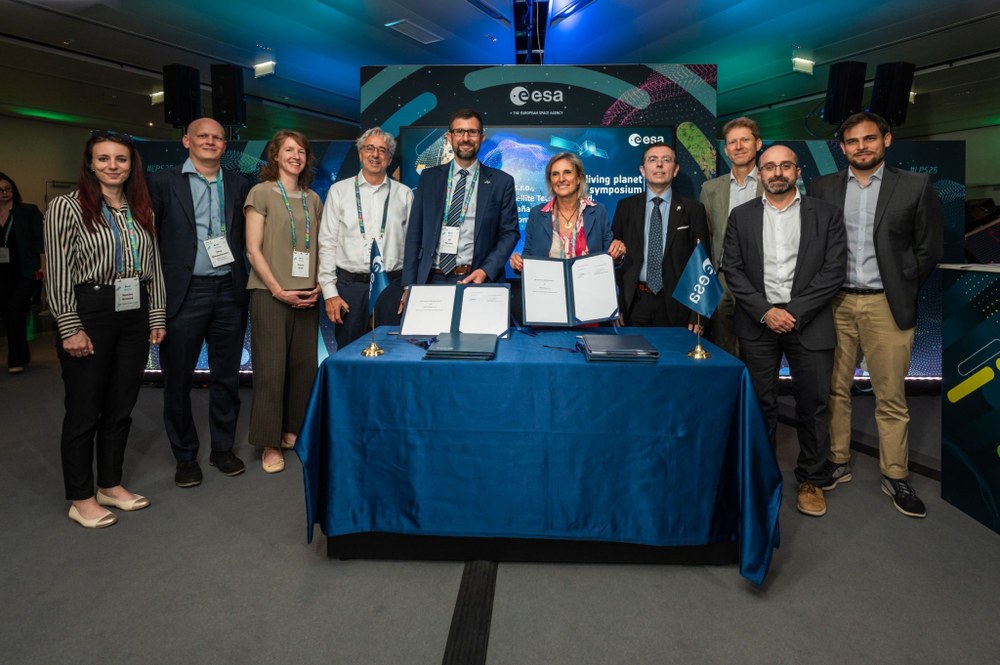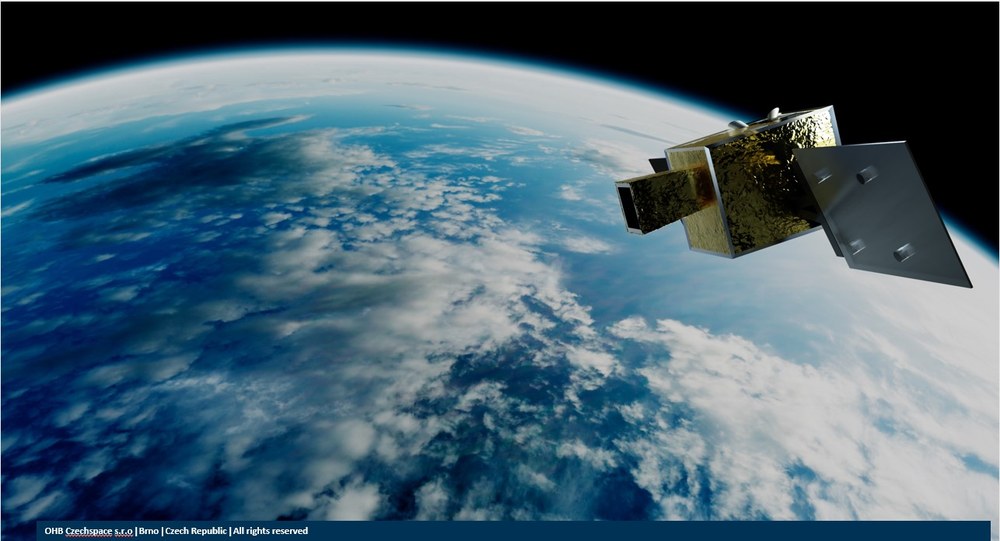Satellite mission proposal "SOVA-S" finalized
The SOVA-S (Satellite Observation of waVes in the Atmosphere – Scout) mission is designed to record atmospheric gravity waves globally. These waves are inadequately taken into consideration in existing climate models although they play a significant role in the energy turnover of the atmosphere.
The SOVA-S mission proposal of the OHB-led European consortium of industrial and research institutions could thereby help them to better understand the dynamics of our atmosphere. In order to fill the knowledge gaps, a year ago the European Space Agency (ESA) issued a call for proposals for new satellite missions, so-called "Scout Missions".
ESA has now selected the four best proposals. As the next step they must be worked out in detail in a consolidation phase. In addition to the science goals, the technological realization of the mission must be described in detail and shown that it can be carried out with a budget not to exceed 35 million euro. At the end of the consolidation phase the best two proposals will be selected for implementation. The launch would follow in 2030. SOVA-S would then collect data for 2 to 5 years at ca. 600 kilometer altitude in a solar-synchronous orbit.

Simonetta Cheli (ESA) über Linkedin
The atmospheric gravity waves that SOVA-S is to monitor are relatively small-scale, wavelike flows with cycles up to several hours and wavelengths up to a few kilometers. With such gravity waves it is possible for the atmosphere to very efficiently transport energy and impulse over large distances. The effect is revealed when these waves break, because of their consequences for the energy balance and dynamics of the atmosphere. A prominent example of the effect of gravity waves is the seasonal variation in the temperature of the upper mesosphere at ca. 100 km altitude, where it is warm in winter and cold in summer. In today's numeric computer models gravity waves are difficult to conceive globally – if at all. They are therefore usually taken into account only in the form of simplifying parameterizations in the models. Coupling processes between the various regions of the atmosphere are thus not completely identified.
SOVA-S will measure airglow intensity with the help of two cameras that are especially sensitive to the near-infrared wavelength range. Airgow is the shimmering light of hydroxyl molecules, (OH), a bond between oxygen and hydrogen, which appears in the upper atmosphere ca. 80 to 100 kilometers above Earth. It acts like a contrast medium in the atmosphere and makes visible even the smallest flow processes.
While one camera looks vertically downward (nadir) the other is oriented tangentially to Earth in order to view from the side the noctilucent layers in an altitude range of about 90 to 380 km (limb measurement). The two instruments thus supply together a global data set with high horizontal and vertical resolution, thus making it possible to better understand dynamic disturbances in the ionosphere.
For the nadir camera, EOC researchers have the role of Principal Investigator (PI), and thus the scientific supervision. For many years EOC has been actively engaged in this topic and in the context of the international Network for Mesospheric Change (NDMC) operates similar instruments both from the ground and aircraft.
In addition to improved determination of the energy and impulse balance in the atmosphere, the mission addresses as secondary goals other applications-oriented research issues. Volcanic activity, earth- and seaquakes as well as strong cyclones also give rise to gravity waves from which conclusions about these events can be drawn.
Besides these science goals related to the mission, there are technological goals in the areas of new optoelectronic sensing, on-board and ground-based data processing and the demonstration of cost-efficient EO missions.

OHB Czechspace s.r.o / Brno / Czech Republic / All rights reserved
